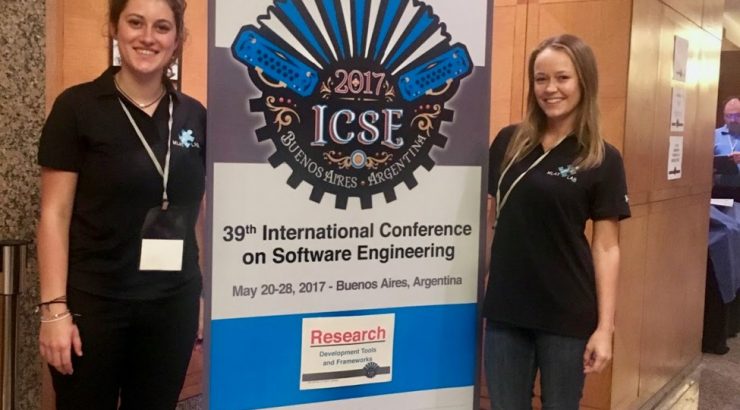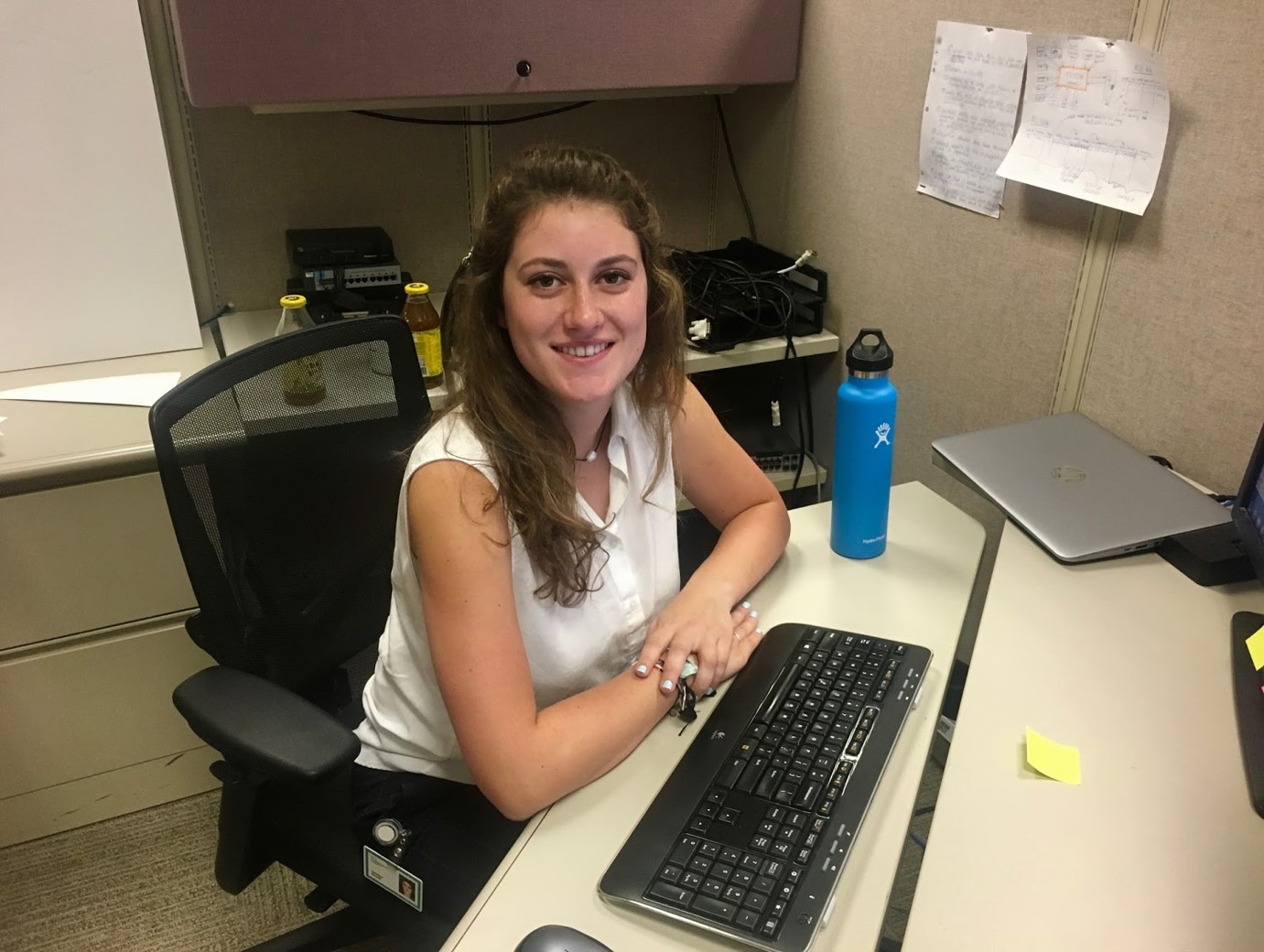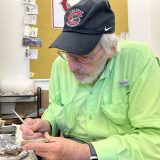
Summer Internship: Computer Science major Christina Berardi interns at Hewlett-Packard Enterprises
August 9, 2017
Diligent is an understatement when used to describe Christina Berardi. A rising junior who is planning to major in Computer Science and minor in Business Analytics at Chapman’s Schmid College, Christina is spending her summer as a Software Development Intern for Hewlett-Packard Enterprises. Christina found a passion for computer technologies early on in high school, and she hasn’t looked back since.
This past year, Christina worked as a part of Chapman’s Machine Learning and Assistive Technologies (MLAT) program. As a member of the MLAT program, Christina works with data mining and goes on trips to present her research. According to Christina, “This past May, four members of MLAT, including me, went to the Mining Software Repositories Conference in Buenos Aires, Argentina to present our paper, A Time Series Analysis of TravisTorrent Builds: To Everything There Is a Season.”
When discussing about how the MLAT program has impacted her, Christina said that after working as a part of MLAT for a while:
“I discovered that I really enjoy data science and analytics. I discovered an interesting cross-section of data and computer science in working on my major and minor. In addition, I’ve always loved the how dynamic the technology industry is. I love working in a field that has so much opportunity and is constantly changing.”

Christina at her desk at HP.
Because Christina has spent so much of her time at Chapman doing research, she decided to intern at Hewlett-Packard Enterprises because she is hoping to “learn how the industry works…as opposed to the research field.”
In her internship, Christina’s goal is “to learn Ethernet Networking in depth and apply it to a product.” For those not familiar with ethernet networking, ethernet networking focuses on creating a local group of networks, instead of a single system. In her own words, Christina describes her internship as consisting “of testing software features for switches and routers, specifically on classifying policies and access-control lists. These features fall under Quality of Service (QoS) and police network traffic.” So far, Christina has become more familiar with the products she is working with, and its concepts as to figure out how to best fix them.
Christina credits a lot of her success to her time at Chapman, and says that:
“Chapman has been a great experience for me. It’s given me the confidence to ask for help if I’m stuck with a problem or don’t understand a concept. The faculty has been very supportive and continually provides help and guidance. I would not have succeeded unless I had the assistance of the Chapman faculty. I came in with almost no knowledge of networking or how to code for it, and spent the first few weeks just learning the concepts. It was absolutely necessary to ask my mentor for help every day, and he has been very generous with his time. Chapman has been a great place to go to school.”
Christina hopes to travel after graduating, go to graduate school, and then eventually work for a “world-class technology company like HPE”.
Her advice for anyone looking to apply to internship programs is to “make connections and build relationships with whom everyone you work” and to “consider a place like HPE that has a strong internship program that teaches its interns every day”.
Christina credits the strong internship program at HPE with her success so far. As someone who “hope[s] to inspire other women to get involved in STEM,” I think Christina is doing an amazing job so far paving the way for others to follow.

